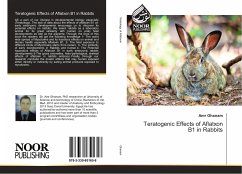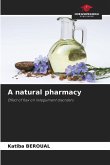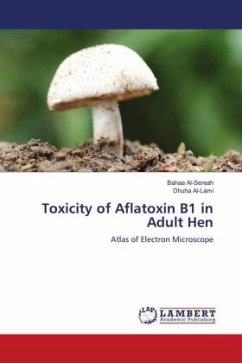AS a part of our interest in developmental biology especially (Teratology), The lack of data about the effects of aflatoxin B1 on early embryonic developments encourage us to discover its potential effects on rabbits. We select rabbits as a laboratory animal for its great similarity with human on eraly fetal developments as well as the placenta. Through the lines of this book the readers will got the following knowledge 1- The world wide spread of Mycotoxins and its hazrdous effects on animal and Human health especially Aflatoxin B1. 2- The fetal exposure to different kinds of Mycotoxins starts from inutero. 3- The similarity of early developments in Rabbits and human 4- The Potential hazardous effects of Aflatoxin B1 in early embryonic rabbits developments 5-The gross anomalies, histo-pathological, skeletal effects of aflatoxin in rabbits embryos. Finally, through our research conclude the drastic effects that may human exposed either directly or indirectly by eating animal products exposed to mycotoxins.
Bitte wählen Sie Ihr Anliegen aus.
Rechnungen
Retourenschein anfordern
Bestellstatus
Storno








